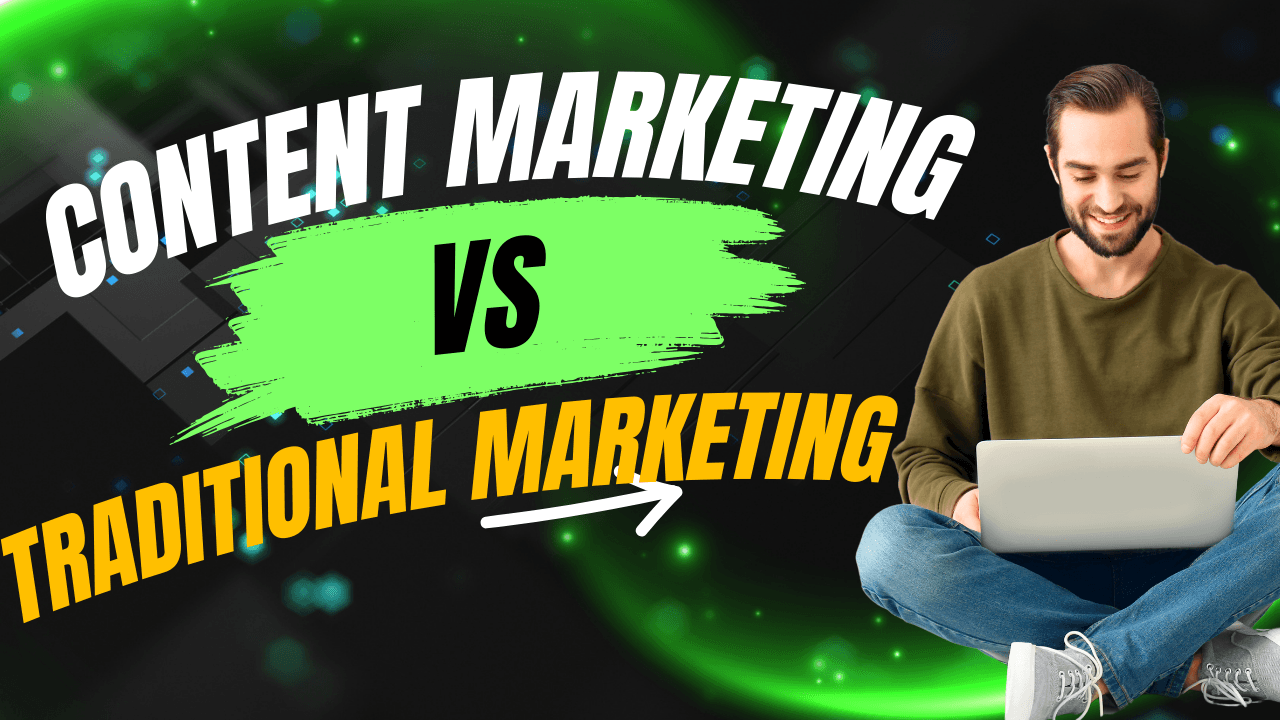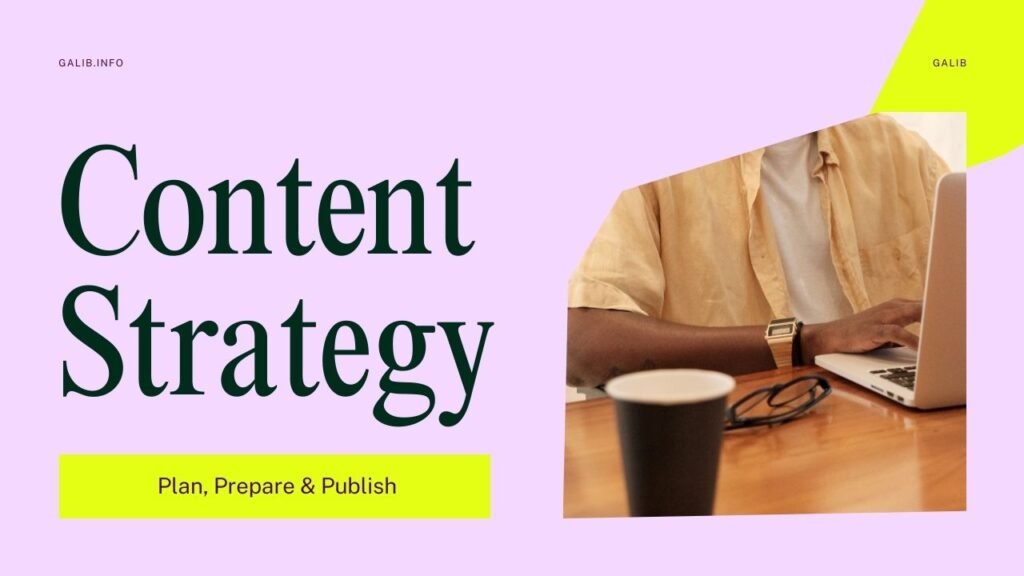In today’s hyperconnected world, businesses have more options than ever when it comes to reaching customers. But the question remains: Should you focus on traditional marketing or embrace content marketing?

This guide breaks down Content Marketing vs Traditional Marketing core differences, benefits, and determines which strategy is best for your business.
What Is Traditional Marketing?
Traditional marketing refers to the conventional forms of advertising that have been around for decades. These include:
- TV and radio ads
- Print ads in newspapers and magazines
- Billboards
- Flyers and brochures
- Telemarketing
- Direct mail
It’s typically outbound marketing, where the brand pushes its message to the audience, hoping it sticks.
What Is Content Marketing?
Content marketing, on the other hand, is an inbound strategy. It involves creating and distributing valuable, educational, or entertaining content to attract a clearly defined audience.
Examples include:
- Blog posts
- YouTube videos
- Podcasts
- Social media content
- Ebooks and whitepapers
- Email newsletters
- Infographics
Instead of interrupting, content marketing pulls people in by offering them something useful.
Key Differences: Content Marketing vs Traditional Marketing
| Aspect | Traditional Marketing | Content Marketing |
|---|---|---|
| Approach | Outbound (push) | Inbound (pull) |
| Communication | One-way | Two-way, conversational |
| Mediums | TV, radio, print, billboards | Blogs, videos, SEO, social media |
| Cost | Often high (ad buys, print) | Lower, especially long-term |
| Audience | Broad, general | Targeted, segmented |
| Longevity | Short-term campaigns | Evergreen content |
| ROI tracking | Hard to measure | Measurable via analytics |
| Engagement | Passive | Active, builds trust and loyalty |
Why Content Marketing Is Winning in 2025
Content marketing continues to dominate in 2025, and for good reason. Businesses increasingly shift from traditional advertising methods to content-driven strategies that offer greater flexibility, better targeting, and long-term value.
1. Cost-Effective
Compared to traditional marketing, content marketing is significantly more budget-friendly. It costs up to 62% less and generates nearly three times as many leads. This makes it a smart investment, especially for small to mid-sized businesses.
2. Builds Relationships
Content marketing focuses on delivering value. Instead of hard-selling, it builds trust with your audience by offering useful, relevant information. Over time, this positions your brand as a credible authority in your niche.
3. Long-Term ROI
Unlike TV or print ads that disappear quickly, quality content—like blog posts or videos—can continue to attract traffic and leads for months or even years.
4. Measurable Performance
Modern analytics tools allow marketers to track how each piece of content performs in real time. You can optimize based on traffic, engagement, conversions, and more.
5. Targeted Reach
With SEO, social insights, and audience segmentation, content marketing lets you deliver the right message to the right people at the right time—maximizing relevance and results.
When to Use Traditional Marketing
Despite the rise of digital marketing, traditional marketing still has its place:
- Local campaigns for events or stores
- TV ads with wide reach (big budgets)
- Outdoor ads for brand awareness
- Trade shows and physical brochures
- Audiences less active online (e.g., older demographics)
Use traditional media strategically, and ideally, alongside content efforts. Medium to high-size businesses are suitable to use traditional marketing.
Combining Both: An Omnichannel Approach
The smartest brands don’t choose one or the other—they combine both:
- Use traditional media to create brand awareness
- Use content marketing to nurture, educate, and convert
For example, a TV ad can drive people to your website. Once there, they find a blog post or video that deepens their connection with your brand.
Final Verdict: Which Is Better?
If you have limited resources, content marketing is the better investment. It’s sustainable, measurable, and drives higher ROI over time. But in some cases, pairing it with traditional channels can accelerate results.
Go where your audience is. And give them value, not just noise.

